Wilanów Park

Wilanów Park in Warsaw spreads across 45 hectares of masterfully crafted landscapes, creating a living tapestry of history, art, and nature. Adjacent to the Baroque Wilanów Palace, the park is structured in layered garden styles: a terraced Italian‑Baroque section cascades toward the serene lake; a neo‑Renaissance Rose Garden offers an intimate floral retreat; an English‑Chinese landscape unfolds with pavilions, winding paths, bridges, and splashes of romantic intrigue; and finally a classic English park provides open lawns and mature trees, ideal for relaxation and reflection. Originating in the era of King Jan III Sobieski, the evolving layout was shaped by successive owners and later, in the 1950s, meticulously restored to its former splendour while incorporating archaeological remnants like medieval ceramics. Rich tree diversity, including ancient oaks and exotic species like gingko and catalpa, lends an air of timeless elegance and biodiversity. Visitors can stroll under shaded avenues, pause by ornamental fountains and statuary, or explore hidden features such as the Chinese pavilion or the Roman‑style brick bridge leading to an island adorned with monuments.
Warsaw PolandWilanów Park is a stunning historical park and garden complex located in the southern part of Warsaw, specifically around Stanisława Kostki Potockiego 10/16, 02-958 Warsaw, Poland. It forms a crucial part of the Wilanów Palace Museum, which is itself the former royal residence of King Jan III Sobieski, often referred to as the "Polish Versailles." The park's immense beauty and historical significance are its primary draw. Within the sprawling 45-hectare grounds, visitors can explore diverse landscape designs, including a meticulously manicured two-level Baroque Italian garden, an Anglo-Chinese section, and an English landscape park. The palace itself is undoubtedly the main attraction, showcasing opulent interiors, historical artifacts, and stunning architecture. Also nearby and within the broader Wilanów district are the charming Church of St. Anne and the Wilanów Cemetery. For those interested in art, the Poster Museum is located within the palace complex (though it may be undergoing renovations). Further afield but still accessible by public transport are other major Warsaw landmarks like Łazienki Królewskie, another grand park and palace complex, and the vibrant city center.
 POLIN Museum of the History of Polish Jews
Warsaw
POLIN Museum of the History of Polish Jews
Warsaw
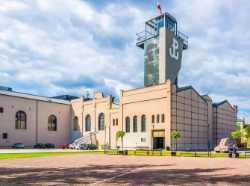 Warsaw Uprising Museum
Warsaw
Warsaw Uprising Museum
Warsaw
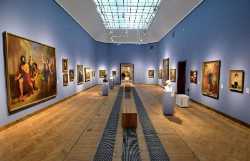 National Museum in Warsaw
Warsaw
National Museum in Warsaw
Warsaw
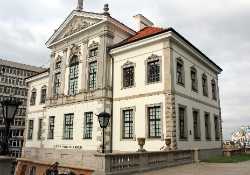 Fryderyk Chopin Museum
Warsaw
Fryderyk Chopin Museum
Warsaw
 Museum of Modern Art
Warsaw
Museum of Modern Art
Warsaw
 Neon Museum Warsaw
Warsaw
Neon Museum Warsaw
Warsaw
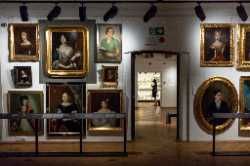 Museum of Warsaw
Warsaw
Museum of Warsaw
Warsaw
 Pawiak Prison Museum
Warsaw
Pawiak Prison Museum
Warsaw
 Royal Castle in Warsaw
Warsaw
Royal Castle in Warsaw
Warsaw
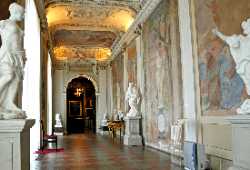 Wilanów Palace
Warsaw
Wilanów Palace
Warsaw
 Krasiński Palace
Warsaw
Krasiński Palace
Warsaw
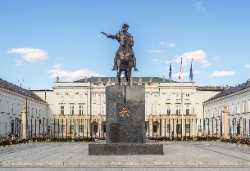 Presidential Palace Warsaw
Warsaw
Presidential Palace Warsaw
Warsaw
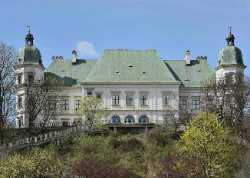 Ujazdów Castle
Warsaw
Ujazdów Castle
Warsaw
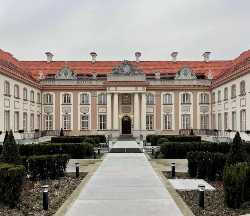 Branicki Palace
Warsaw
Branicki Palace
Warsaw
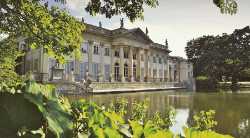 Łazienki Park
Warsaw
Łazienki Park
Warsaw
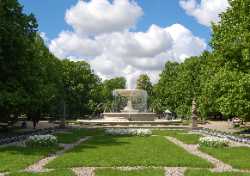 Saxon Garden
Warsaw
Saxon Garden
Warsaw
 Mokotów Field
Warsaw
Mokotów Field
Warsaw
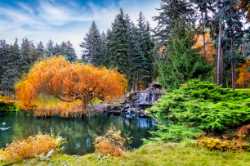 Skaryszewski Park
Warsaw
Skaryszewski Park
Warsaw
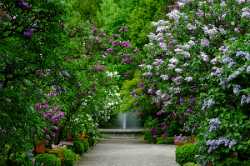 Botanical Garden of the University of Warsaw
Warsaw
Botanical Garden of the University of Warsaw
Warsaw
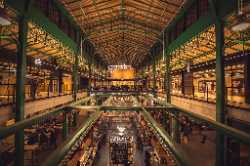 Hala Koszyki
Warsaw
Hala Koszyki
Warsaw
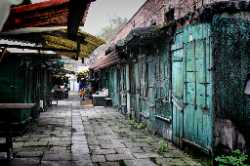 Bazar Różyckiego
Warsaw
Bazar Różyckiego
Warsaw
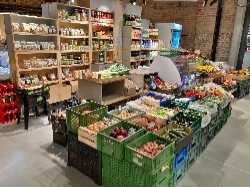 BioBazar
Warsaw
BioBazar
Warsaw
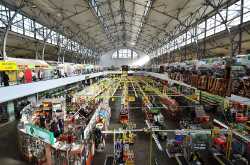 Hala Mirowska
Warsaw
Hala Mirowska
Warsaw
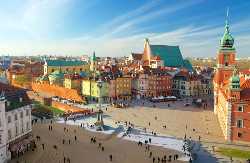 Castle Square
Warsaw
Castle Square
Warsaw
 Rynek Starego Miasta
Warsaw
Rynek Starego Miasta
Warsaw
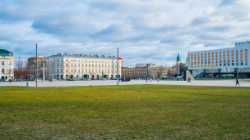 Piłsudski Square
Warsaw
Piłsudski Square
Warsaw
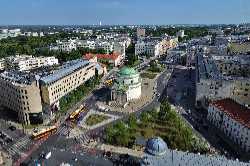 Three Crosses Square
Warsaw
Three Crosses Square
Warsaw
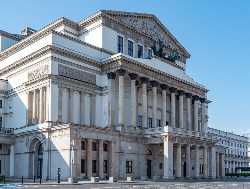 Grand Theatre
Warsaw
Grand Theatre
Warsaw
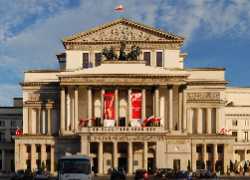 Warsaw National Theatre
Warsaw
Warsaw National Theatre
Warsaw
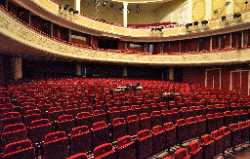 Teatr Polski
Warsaw
Teatr Polski
Warsaw
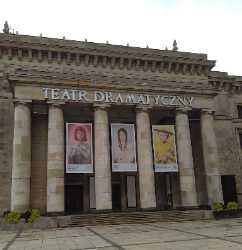 Dramatic Theatre
Warsaw
Dramatic Theatre
Warsaw
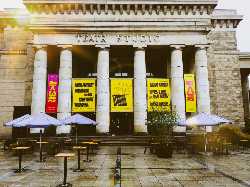 Studio Theatre
Warsaw
Studio Theatre
Warsaw
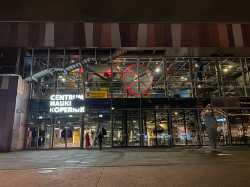 Copernicus Science Centre
Warsaw
Copernicus Science Centre
Warsaw
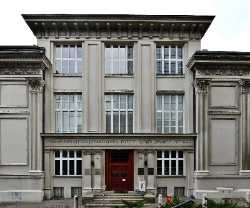 Jewish Historical Institute
Warsaw
Jewish Historical Institute
Warsaw
 Katyń Museum
Warsaw
Katyń Museum
Warsaw
 Museum of Life under Communism
Warsaw
Museum of Life under Communism
Warsaw
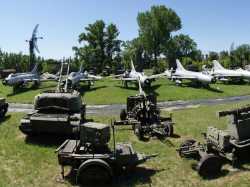 Polish Army Museum
Warsaw
Polish Army Museum
Warsaw
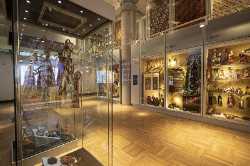 National Museum of Ethnography
Warsaw
National Museum of Ethnography
Warsaw
 Museum of Caricature
Warsaw
Museum of Caricature
Warsaw
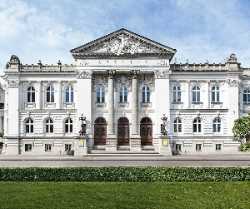 Zacheta
Warsaw
Zacheta
Warsaw
 Legia Warsaw Museum
Warsaw
Legia Warsaw Museum
Warsaw
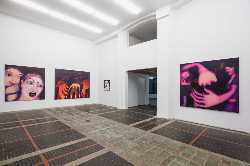 Raster Gallery
Warsaw
Raster Gallery
Warsaw
 Foksal Gallery
Warsaw
Foksal Gallery
Warsaw
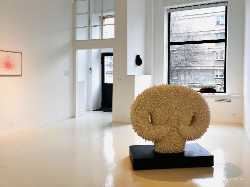 LETO Gallery
Warsaw
LETO Gallery
Warsaw
 Polish Poster Gallery
Warsaw
Polish Poster Gallery
Warsaw
 lokal_30
Warsaw
lokal_30
Warsaw
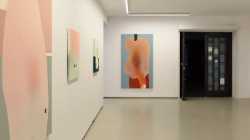 Monopol Gallery
Warsaw
Monopol Gallery
Warsaw
 Galeria Asymetria
Warsaw
Galeria Asymetria
Warsaw
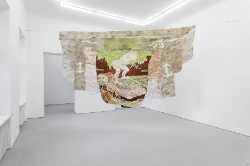 Wschód Gallery
Warsaw
Wschód Gallery
Warsaw
 Piktogram Gallery
Warsaw
Piktogram Gallery
Warsaw
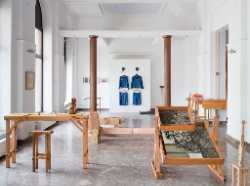 Polana Institute
Warsaw
Polana Institute
Warsaw
 Salon Akademii
Warsaw
Salon Akademii
Warsaw
 Galeria XX1
Warsaw
Galeria XX1
Warsaw
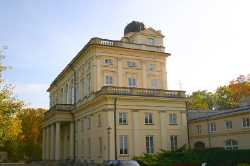 Warsaw University Observatory
Warsaw
Warsaw University Observatory
Warsaw